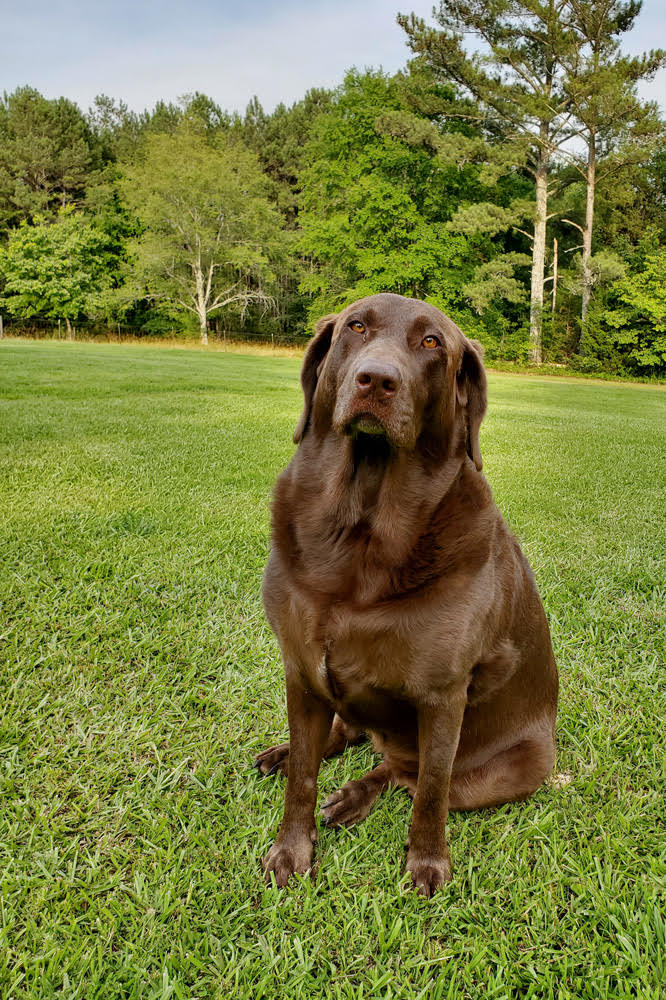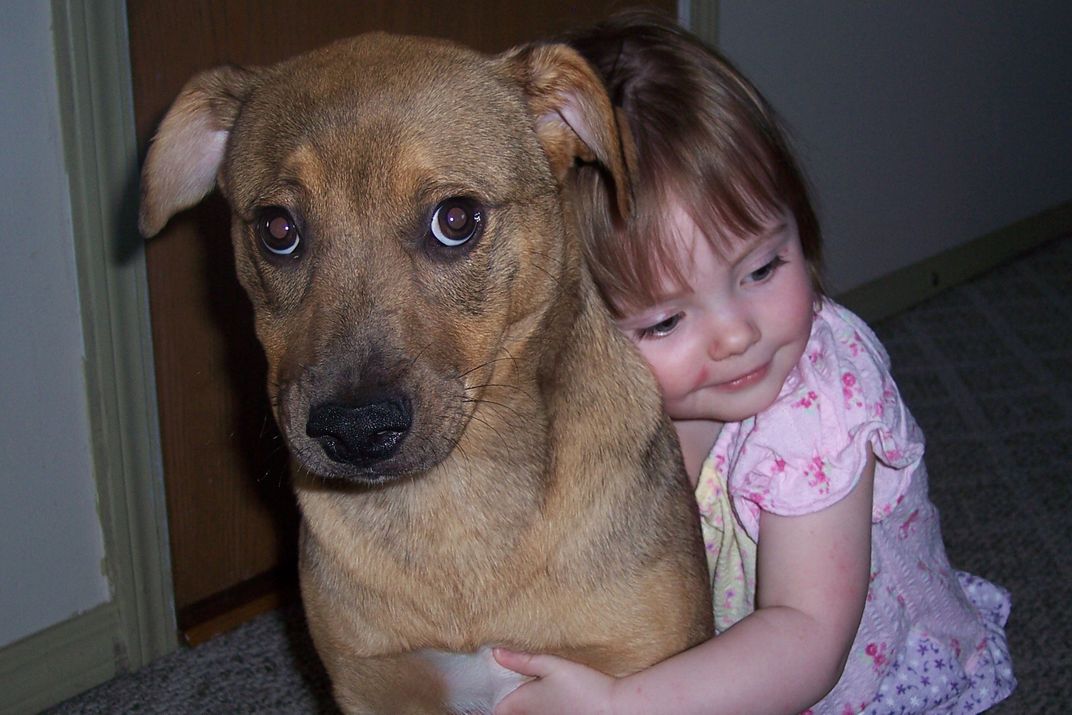Baby, Its Cold Outside
Here is some great information from Angie Woods at US Canine & Dog Psychology 101 —
Baby, it’s cold outside… In typical Georgia fashion, the weather has decided to plummet more than forty degrees in a matter of days. It can be a challenge to adjust, for you and your dog. As humans, we tend to hunker indoors with a warm mug, a blanket, and a TV. However, your dog’s idea of a good time is to explore. Dogs in the wild spend each day on the move, largely in search of food. Temperature changes may mean changes in food supply or hunting patterns. Regardless, they want OUT when all you want to do is stay IN. It can be hard to dawn your parka and ‘adventure’ into the wilds of your neighborhood. Remember: Dogs need regular and consistent exercise and mental stimulation. A bored dog with too much energy can quickly turn frustrated and destructive. Regular exercise supports their overall mental and physical well-being and keeps their behavior in check. If weather conditions prevent outdoor activity, get creative providing some exercise indoors. We offer a few ways to do just that. Check out our YouTube video for all the specifics.
- The Shell Game and Finders Keepers: Good for food-driven dogs. A progressive strategy of hiding treats and teaching your dog to find them when instructed. Be sure your dog is calm before you treat. Feed calm states of mind, not excitement.
- Obedience Training: Commands can be useful in the world and a great way to engage your dog’s brain! Use the time inside to work on a few basics, or your next adorable TikTok video.
- Busy Work: A Kong treat-ball smeared with peanut butter, nut butter, cream cheese, or another treat can keep them occupied for some time (Pro Tip: Freeze your treat for an hour to make them work a little harder).
- Toys/Balls/Frisbees: Tossing toys in the house can be a great way to get some energy out. A small hallway or set of stairs can work well. Be cautious of your dog’s physicality and modify accordingly and always be cautious when playing in the house.
- Treadmill: A great supplement to outdoor walks (watch the video for full guidance on how to train your dog to walk on the treadmill).
- Go Outside: Be brave dog person. Suit up and go on an adventure with your dog. The fresh air will do you both some good!
Remember that your dog relies on you to be the leader and to give them what they need both physically and mentally so they can be happy and well-adjusted. Find us on Instagram or Facebook and share your cold weather adventures! You can also drop us a video or photos in our Dropbox! You can check out our website at uscanine.com
Cheers to you, your dog, and your new relationship together!

